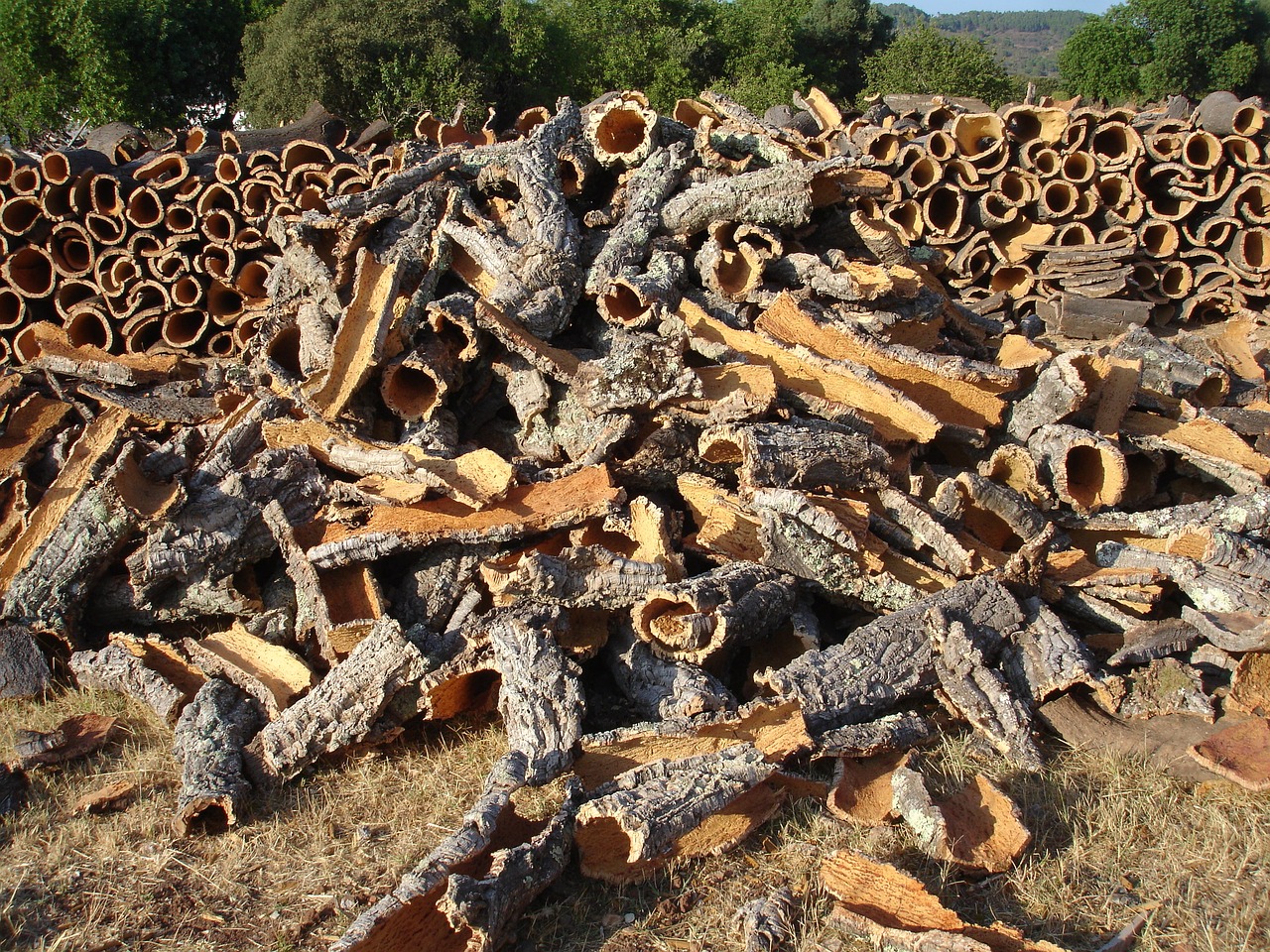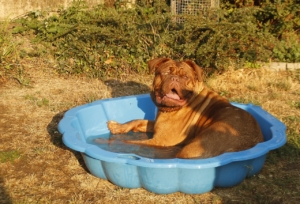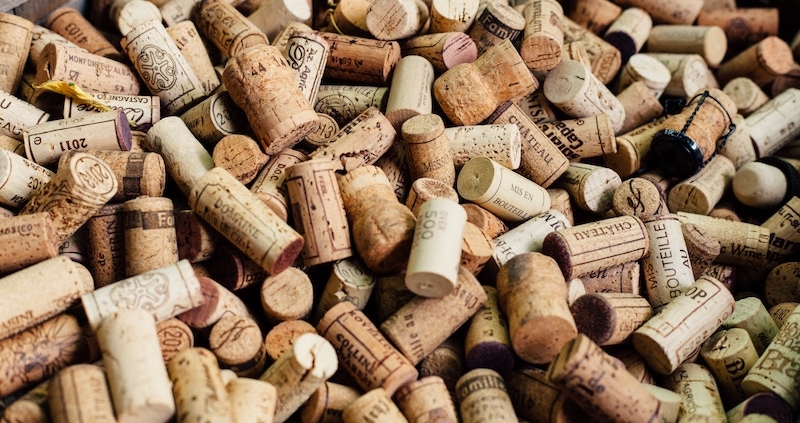Wherein the folks at Paul Marcus Wines get to the bottom of our most FAQs in the shop.

Is my bottle of wine corked?
You show up to a friend’s party with two bottles of your favorite Côtes du Rhone. The first bottle tastes great! Fresh, vibrant and juicy…just as you remembered it. However, the second bottle smells a bit like wet cardboard, and doesn’t have nearly the same fruit nuances and charm as your first bottle. Is your bottle of wine corked?
I. What exactly is a corked wine?

Cork taint is a wine fault that is caused by certain molds sometimes present in the bark of cork trees. These molds can and do live in cork after it’s been harvested, processed and shipped out in the form of finished corks. For most people these molds are undetectable, until they co-mingle with chlorine or chlorophenol compounds at any time during the winemaking process.

When these cork bark molds and chlorine interact, an aromatically unpleasant compound derivative 2,4,6-Trichloroanisole can develop. This compound is more commonly known as TCA.
As you can imagine, the possibilities for the formation of TCA are numerous. For instance, cork bark undergoes sterilization in the production of corks, and bottles need to be sanitized before being used.
Of course, chlorine is found in our water supply, and in many cleaning agents. For this reason, wineries are vigilant when it comes to their water source and how they sanitize not only bottles but all winery equipment, and often eschew such chlorine detergents in favor of peroxide based cleaners.

II. What does a corked wine smell like?
While small amounts of TCA a wine can result in a very subtle loss of aromatic fruit and vibrancy, higher levels of TCA can impart distinctive and downright unpleasant aromas.
 Descriptions of a corked wine include: moldy cardboard, old sofa, swamp, wet dog or stale fruit flavors.
Descriptions of a corked wine include: moldy cardboard, old sofa, swamp, wet dog or stale fruit flavors.
(Note: older bottles of wine will often display earthy and dank nuances when opened. This is not an indicator of TCA. Aged bottles of wine will often shed primary fruit notes and develop more secondary nuances. As such, special attention should be given when evaluating older wines)
III. What is not an indicator of a corked wine?
- An old, or crumbly cork. The physical appearance of a cork does not indicate that a bottle wine is contaminated with TCA. Older bottles with corks that look less than pristine, often do a fantastic job protecting wine over the years, and with no evidence of cork taint.
- A pushed cork, or one that rises above the level of the bottle most often indicates that the wine was exposed to higher temperatures at some time in the past, or that the bottle was overfilled. This condition is not necessarily an indicator that a wine is corked.
- Bottle seepage or capsule corrosion. Wine seepage or a corroded capsule are unrelated to TCA contamination and do not indicate that a wine is corked.
- Mold on the cork. Frequently bottles of wine, especially older bottles that have been stored in humid conditions may develop some sort of mold or fungi around the wine capsule or cork. These fungi are not necessarily related to molds that cause TCA.
IV. What should I do if I think that I have a bottle of corked wine?
If, after careful evaluation you’ve concluded that TCA might be the culprit, here’s what you’ll want to do.
Don’t pour out the bottle of wine. Re-insert the cork and save as much of the wine as possible. A reputable wine shop will exchange a bottle of wine that is contaminated with TCA. However, they will want evaluate the bottle in person before making a definitive judgement.

